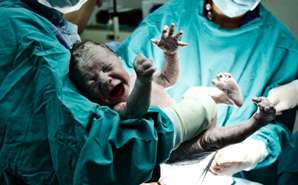
iStockphoto | Thinkstock
What is a miracle? Among nurses, we may jokingly say it’s having a full roster of nurses on our shift or a shift without any “code browns,” but a true miracle—if there is such a thing—is much more than that.
A medical miracle is one that can’t be explained by medical and scientific minds. They may have theories, but no one can prove them. So, the events go down in history as “miracles.”
As nurses, we sometimes see what we consider to be miracles: patients who we thought wouldn’t recover walking out of the hospital or a dying patient waiting until someone from afar arrives to say good-bye before allowing himself to pass to the other side.
Here are three miracles that we’ve found. We wonder how the nurses involved felt about them.
Man Regains Speech and Movement After 19-Year Vegetative State
In 1984, 19-year-old Terry Wallis was in a motor vehicle accident near Little Rock, Ark., that left him in a persistent vegetative state. For 19 years, Terry’s parents visited him in his extended care facility and they also brought him home for visits, all the while talking to him and tending to him as needed.
According to a report on CNN.com, in April 2003, Terry greeted his mother by saying “Mom” when she went into his room. More words followed, as well as some voluntary movements.
Terry’s recovery hasn’t been complete—he has lost his short-term memory and has other brain injuries related to the accident—but the fact that his brain was able to rewire itself enough for him to regain the ability to speak seems to be a miracle in itself.
As student nurses, we are taught to speak to our patients whether they seem to be responsive or not—we don’t know if they can hear us. Here is a good example of why we should continue to live by that rule. We just never know who will be that miracle patient.

















